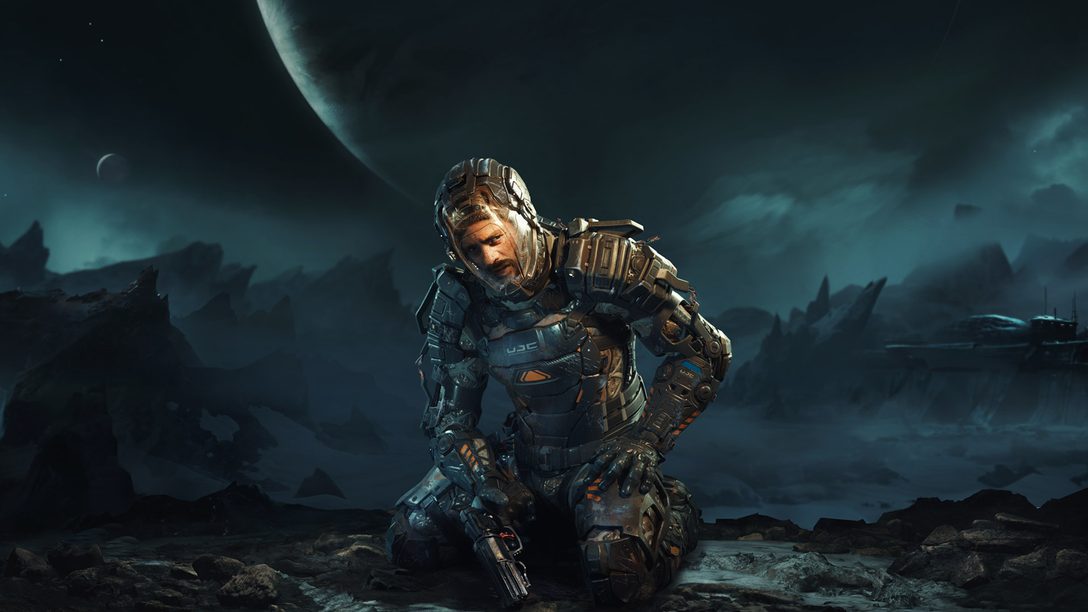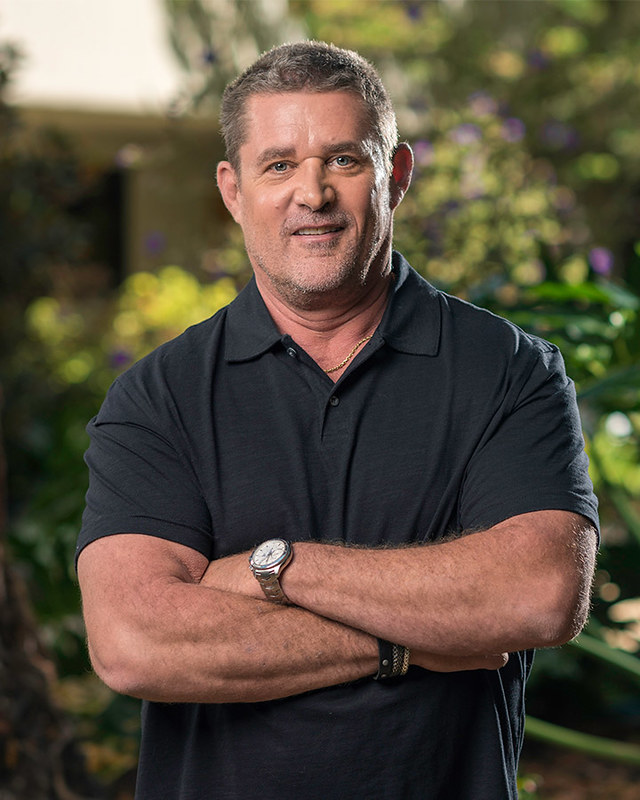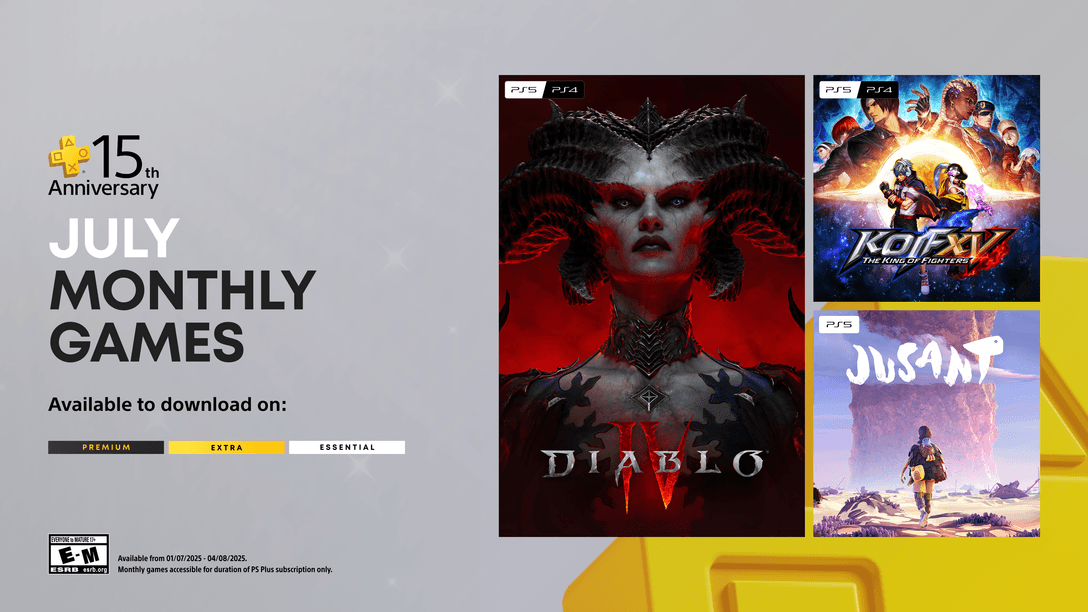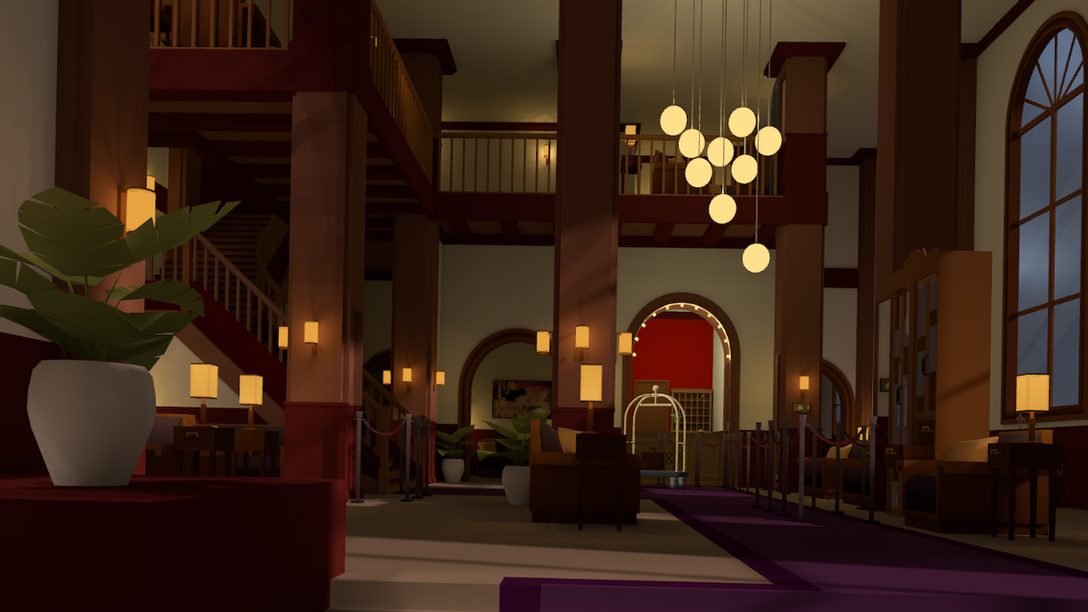
From making Black Iron Prison feel real to the meticulous crafting of its soundscape, Striking Distance Studio’s CEO shares insight into crafting his new sci-fi survival horror.
Our first encounter with The Callisto Protocol was back in June, when its creator Glen Schofield shared an exclusive look at the horrors that would await PS5 players on the surface of Jupiter’s moon. The Striking Distance Studios CEO took us on a tour emphasizing the tech powering this return to the sci-fi horror space: the subtle strength of Horror Engineering that’d perfect each shock and scare, the near-future weaponry that gives Jacob Lee a fighting chance against the mutated Biophage, and how 3D Audio and haptic feedback would pull us deeper into the danger-filled corridors of Black Iron Prison.
Today at Gamescom, he returned to dig deeper into how the game’s combat will work and share new gameplay. Prior to that reveal, we sat down to talk about the journey towards the game’s launch on December 2, its soundscape, story, and more about his team’s techniques to craft a horror story you’ll be unable to forget.
PlayStation Blog: While the game’s still a few months out from release, that will mark (just under) two years since it was originally announced. Have you had much chance to come up for air and reflect on that journey thus far, or do you keep your focus solely on those pre-launch milestones?
Glen Schofield: The last few years have been a blur. We’ve built a new studio, created a new game based on a new IP, with a new team, on a new engine, for a new generation of consoles … during the pandemic. What a ride! The team at Striking Distance Studios can’t wait to finally share The Callisto Protocol with the world!
The support that we’ve received from players—and especially the PlayStation community—has been one of the things that has inspired us to finish so strong. The feedback has been incredible, and it means the world to me and the team. This game is a labor of love.
What’s left between now and going gold?
We’ve reached what we call “content lock,” which means that basically everything is in the game at this point. Levels, creatures, visual effects, cutscenes—it’s all in there. Right now, we’re making all those last little tweaks. Changing the timing on a sound here, brightening up a light there, tuning the difficulty, stuff like that. And of course, we’re optimizing performance and squashing bugs every day.
This last phase of development is a lot of work, but it’s when the game really starts to shine. It’s very satisfying to see the light at the end of the tunnel.
Can you go into more detail as to your approach to the game’s score? Is it primarily diegetic, backed with cues from The Apprehension Engine?
I can’t overstate how important audio is to a horror game. It’s half the experience. In fact, I consider audio to be a feature, like combat or anything else. It’s that critical.
What’s interesting about audio for a horror game is that you have a ton of room to experiment and do some really wild stuff.
Let’s say you have a machine off in the corner of the room. We think about how we can make that machine scary. How do you turn people’s expectations for what an industrial machine sounds like, and just tweak it a little bit, so it sounds foreign and intimidating? We want the world to feel familiar but threatening and a little off.
These diegetic elements really help immerse the player in the world, but keep them off balance.
Music and other non-diegetic elements then serve as punctuation marks for what’s going on in the world. A quick hit of dissident music when there’s a jump scare can really help deliver the moment of terror. But the timing has to be just right. A little too early or too late, and it won’t land.
Tools like the apprehension engine are a ton of fun because you can just create these crazy sounds that just aren’t possible from regular instruments. It’s a great way to use sound to make players uncomfortable and set them up for when we want to throw a big scare at them.

Is perfecting in-world diegetic sounds for a horror game as metalicious a process as I imagine? I picture the audio team iterating on every area’s layout, weighing up every creak of the station’s structure, every chain rattle to get the audio suspense alongside the visual note-perfect.
We spend a lot of time on the audio in The Callisto Protocol. And I mean a lot.
Most players are surprised to learn how much work goes into creating the audio for a game. For example, there are more than 200,000 individual sounds in our game. To put that into context, we have more than 60 unique sounds just for the various parts of Jacob’s spacesuit.
It’s crazy to think about the level of detail that goes into making something feel alive and scary. We spend weeks and weeks looking at every nook and cranny in the world making sure it doesn’t just sound great – but that it sounds scary.
Despite the futuristic setting, there’s the sense everything is grounded in some sense of reality. Did that extend to level design? Did you approach Black Iron Prison as if it were a real place, so each area – even if unseen by the player – has purpose?
Great question. One of the pillars for the art team is something that we call “designed realism.” Since our game is set 300 years from now, there’s naturally a lot of futuristic stuff in the world that hasn’t been invented yet. But we want everything to at least feel real, believable, and make contextual sense in the world.
The player might be in a maintenance section of the prison and see a bunch of strange machines. As designers, we don’t need players to understand exactly what they do, but they need to feel real. They might have rusty edges and chipped paint and be near a vehicle, which gives them some context.
This attention to detail and thoughtful approach to design helps players stay immersed in the experience. If any of those details feel out of place, it can pull people out of the world. And when that happens, it’s really hard to land a great scare.
A follow up to that question: we see the sewage system setpiece in the Gamescom demo. Did some setpieces come organically when designing the prison layout, or was the layout tailored to fit the sequencing of setpieces?
It’s really an iterative process early in the design phase. We start with the story and then start to create levels in a whitebox environment to see what’s fun and compelling. As we spend more time talking about the world and the player’s journey we go through a lot of different ideas for “big moments” like this.
In this case, we knew we wanted to have this particular setpiece pretty early in development. In fact, we included a rough version of it in an early demo build that we showed the executives at Sony.
The slide down the sewage pipes had a lot of challenging technical problems for us to solve, and we knew if we could make that work early on, we’d be able to tackle pretty much anything else later in development.
The generative design process, processing human-made objects through AI to make them feel alien-like, sounds fascinating. How did that come to be used for the game? Has it turned up any peculiarities that the team thought too out there?
We fell in love with the generative design aesthetic as we were building out the “art bible” for the game. The results are familiar and recognizable while still looking totally alien and otherworldly. By using generative design as a visual bar we were able to transform everyday objects like chairs or prison bars into unique, futuristic details that immerse players in this sci-fi world.
That said, we tried not to overdo it with generative design. Too much would have been distracting. We wanted to use it to make the world feel special and designed, but ultimately believable and practical.
The game uses the DualSense controller’s haptic feedback and adaptive triggers to communicate the feel of futuristic weaponry. What was that process like, and who was involved in deciding what the right “feel” was for fictitious weapons such as the GRP were?
We use the haptics to immerse players in the world and create a heightened sense of realism, urgency, and terror. So much of the horror experience is the visceral connection to what’s happening on the screen, and haptics take that to the next level.
Like everything in the game, the best horror moments come from the gut and require a lot of trial and error to get right. Haptics are no different. Our design and systems team spent months getting the feel just right. From the hum of the GRP gravity weapon to the feedback when landing a crushing blow onto a mutated monster with the stun baton, you just do it over and over and over again until you get it just right.
In your announcement PS Blog article, you talked about resources being scarce to strip the player of any power fantasy: are there different difficulty options built into the game, and if so how and what do they scale?
We’ll have different difficulty settings so players can play the way they want to play. But that said, we’re making a pretty tough game on the normal setting.
Harder settings will give players fewer resources to work with and make enemies stronger, more aggressive, and more aware of the player’s movements.
We want players to feel challenged and accomplished, not frustrated and defeated.
Obviously you’re keeping story specifics close to your chest. But are you able to discuss constructing the story? Did you come in with a clear idea of where or how this story would conclude or have you found it during production?
I came up with the idea for the game when I was spending a few weeks in the desert after I finished my last project. I knew I wanted to tell a science fiction horror story set in a deep space prison, and had a few of the key plot beats. I knew how I wanted the story to end, but there were a lot of details to work out.
I came home, got to work, and a few days later had a ten-page treatment that I was ready to start to pitch. From there, I started working with my writing team, including our creative director Scott Whitney, who I’ve worked with for more than 20 years. In fact, we worked together on the original Dead Space.
The team really helped me flesh it out. I think of myself as more of a storyteller than a writer. The team helped me bring my ideas to life.

We’ve seen from in-game and key art even after Jacob ‘suits up’ his face is still visible. Was that to continue to emphasize his vulnerability, to better communicate emotion during cutscenes, or a bit of both?
Great insight. One of the pillars for the game is the idea of humanity. We want players to connect to the characters and really feel Jacob’s life-or-death struggle. Rather than feature a silent, faceless character, we really wanted to put Jacob’s humanity front and center to capture the terror and emotion he experiences as he explores Black Iron Prison.
Seeing Jacob’s face also ratchets up the intensity level of things like the character deaths for example. When Jacob gets caught in the big fan in the sewage pipes in the most recent clip, you can really see the terror on his face.
The cast – at least what has been announced thus far – is relatively small. Was that a result of the story you wanted to tell? Does it give you the chance to dig into these personalities rather than etch character types we’ve encountered in the genre previously?
One of the things I love about survival horror is the feeling of isolation and dread in the world. We only have a few characters because we want players to feel alone and trapped on Callisto. There needs to be other people to move the story along, but for the most part Jacob (and the player) is on his own.
Your background in the horror genre speaks for itself. But what is it that attracts you to the genre, and how have you seen it evolve over the years?
I’ve been a fan of science fiction and horror for as long as I can remember. In fact, it kind of blew my mind that the movie The Thing just celebrated its 40th anniversary. I remember seeing it in the movie theater!
Science fiction, and the idea of exploring the vast unknowns of space, just lends itself so well to the things I love about survival horror – isolation, desolation, and an oppressive atmosphere that delivers atmosphere and tension.












Comments are closed.
3 Comments
Loading More Comments